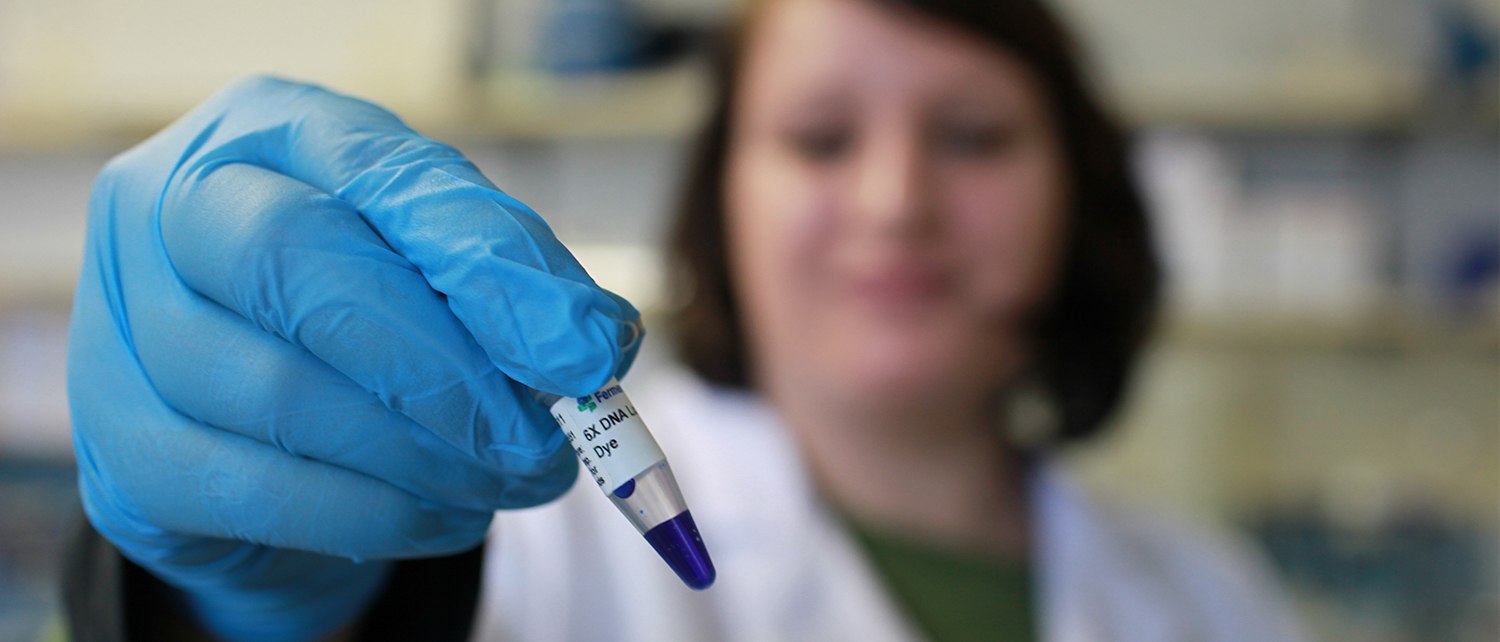January 23, 2019 – The 2018 G-FINDER report shows that while funding for tuberculosis (TB) research and development (R&D) reached its highest level on record in 2017, it remains far short of the estimated $1.3 billion needed annually to deliver new tools that can effectively treat, diagnose and prevent the disease.
“As global health crises like drug-resistant TB continue to grow, sustained investments in improved technologies and scientific solutions are urgently needed,” said Mel Spigelman, president and CEO of TB Alliance. “This report marks only the first time since 2009 that we’ve seen two consecutive years of funding growth for neglected diseases. It’s clear that far more needs to be done.”
At last year’s United Nations High-Level Meeting on Tuberculosis, member states issued a political declaration committing to close the TB R&D funding gap. Per the report, no country has met the WHO recommendation that member states dedicate at least 0.01% of their gross domestic product to research into the health needs of developing countries.
Several government funders, including the United Kingdom, European Commission, India and Germany have increased their funding for neglected diseases in the period tracked in the report, leading to the most diversified funding pool for R&D to date. Important increases also came from non-governmental funders, including Unitaid, Médecins Sans Frontières and Gavi. However, funding remains highly concentrated with the U.S. alone contributing more than two-thirds of global public funding.
The G-FINDER report is an essential resource when it comes to understanding the funding landscape for TB research and product development. It also helps to hold governments to account and ensure they uphold their commitments to funding essential research. The full report is available at: http://www.policycuresresearch.org/g-finder-2018.


